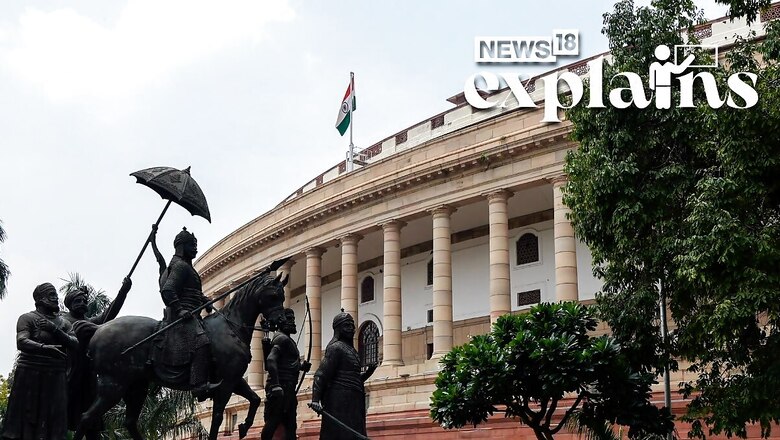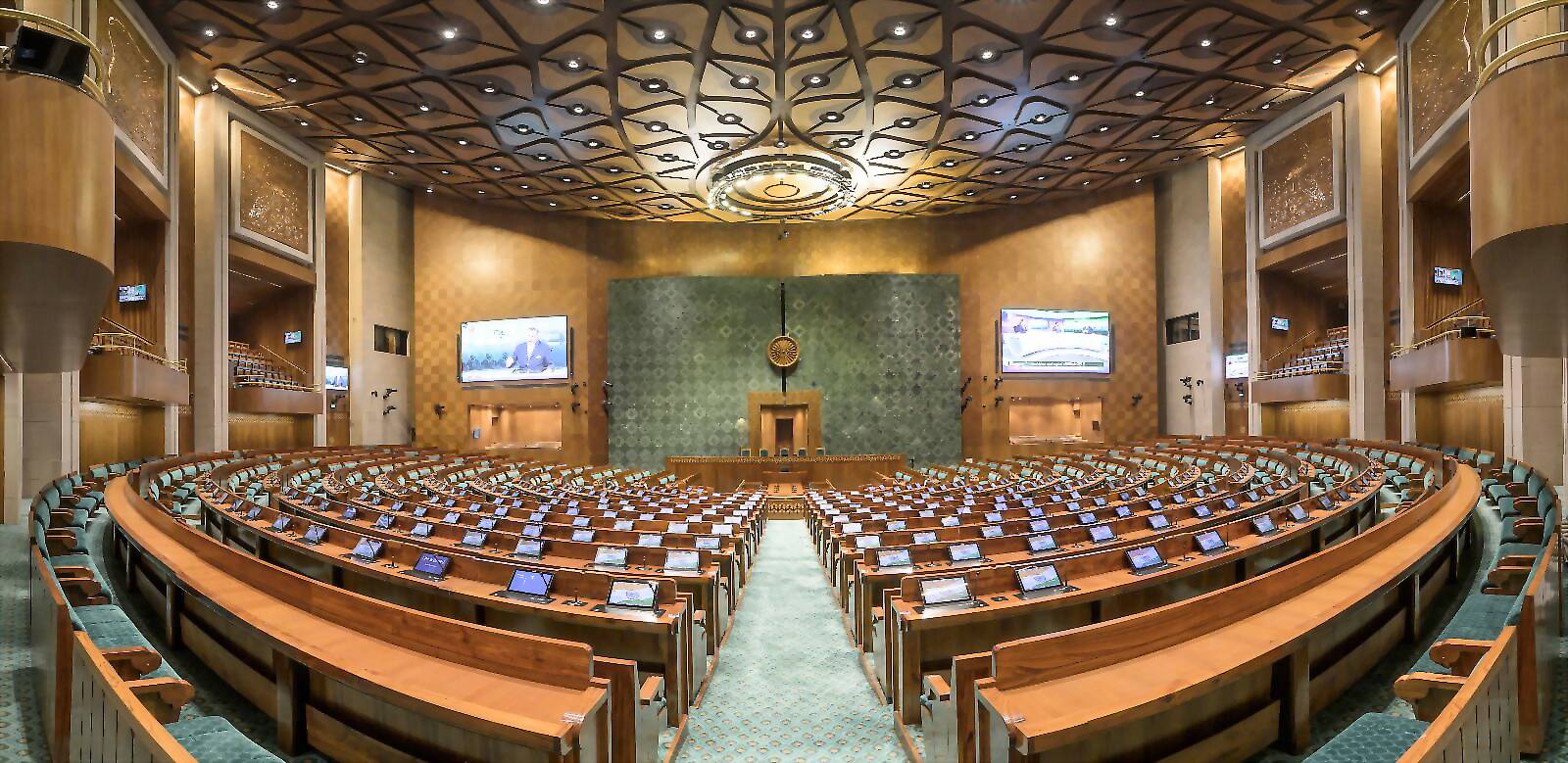
views
Parliament is the temple of democracy and parliamentary procedures the rites by which the will of the people is translated into practice. But the terms and jargon involved in Lok Sabha and Rajya Sabha processes can be difficult to grasp. The News18 series, House Talk, brings you a ready reckoner to make sure that none of it is Greek to you.
In every session of the parliament, there are several additions and changes in the Constitution. While the government and the Members of parliament introduce bills to make a new law or amend the existing ones, there are two key constitutional provisions which are significant in this regard: Private Members’ Bill and Constitutional Amendment:
What is Private Members’ Bill?
A Private Members’ Bill is a legislative proposal that can be introduced in both the houses of the Parliament by a private member of the parliament, on in simple words, a Member of the Parliament (MP), who is not a Minister.

The Private Members’ Bills are important because they allow MPs to draw attention to issues which might not be represented in Government Bills or to highlight the issues and gaps in the existing legal framework requiring legislative intervention.
It is true that though a large number of Private Members’ Bills are introduced in every session, only a handful have been successfully enacted as a law. According to Rajya Sabha, 14 such bills have successfully passed through both houses, thus becoming a law, with 9 of them in Lok Sabha and 5 in Rajya Sabha.
In the ongoing Monsoon session of the Parliament, around 300 private members’ bills listed for discussion including bills on abolishing caste identities attached with the names of educational institutions and legalising same sex marriage.

As per the PRS Legislative, no private member’s Bill has been passed by the parliament since 1970.
How is the Bill Introduced and Rules Involved?
Here are some of the rules regarding private members’ bills:
- A private member drafts the bill and its introduction in the House requires one month’s notice unless the Speaker allows introduction at a shorter notice.
- While in Lok Sabha, the Private Members’ Bill are discussed in the last two and a half hours of a sitting on every Friday, while in the Rajya Sabha, they are discussed at the same time on every alternate Fridays during the session.
- The House secretariat then examines the Bill for compliance with constitutional provisions and the rules before listing.
- The Private Members’ Bills are included in the List of Business for that day and by convention, the motion for introduction of a Bill is not opposed.
What is Constitutional Amendment?
The bills which seek to amend provisions of the Constitution including those enumerated in the proviso to article 368(2) are called by the title ‘Constitution Amendment Bills’, the Lok Sabha website states.
These Bills to amend the constitution can be introduced in either House of Parliament and the motions for the introduction of the Bills are decided by simple majority (i.e. more than 50% of the members present and voting).

Under Article 368(2), the parliament can amend the constitution by passing a Bill in “each House by a majority of the total membership of that House and by a majority of not less than two-thirds of the members of that House present and voting”. The Bill “shall be presented to the President who shall give his assent… and thereupon the Constitution shall stand amended”.
What are the types of Constitutional Amendment?
The bills seeking to amend the Constitution are of three types:
- Bills that are passed by Parliament by simple majority. (more than 50%)
- Bills that have to be passed by Parliament by the special majority (more than two-thirds) prescribed in article 368(2) of the Constitution.
- Bills that have to be passed by Parliament by the special majority as aforesaid and also to be ratified by not less than one-half of the State.
How is the Constitution Amended?
A Bill is introduced for the purpose of amendment in either house of the parliament. The bill can be introduced either by a minister or by a private member and does not require the permission of the President.
The bill is then presented in both the houses- the Lok Sabha and then to Rajya Sabha and a voting is done. The bill is passed only if two-thirds of the members present in the house votes in favour of the bill.
If the bull seeks to amend the provisions of the constitution, it must be ratified by the legislatures of half of the states by a simple majority.
After the bill is passed by both the houses, it is presented to the President for his assent.
The president must give his assent to the bill and he can neither withhold his assent to nor return the bill for reconsideration to the Parliament. After the President’s signature, the bill becomes an act.


















Comments
0 comment